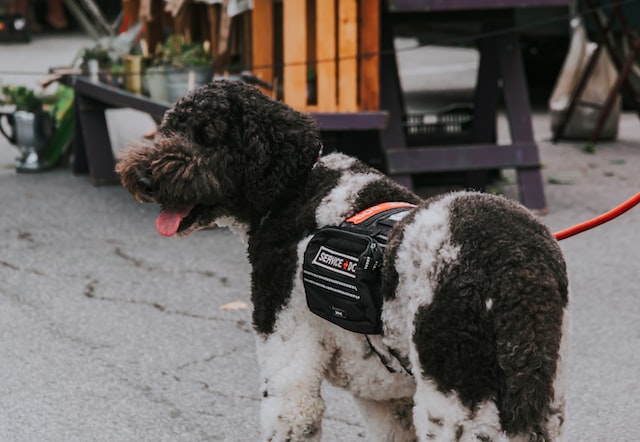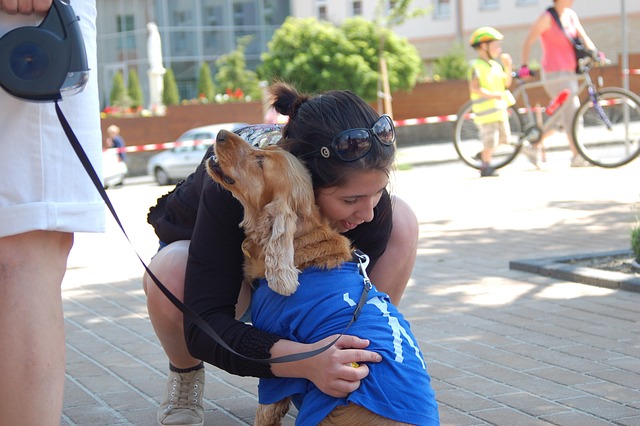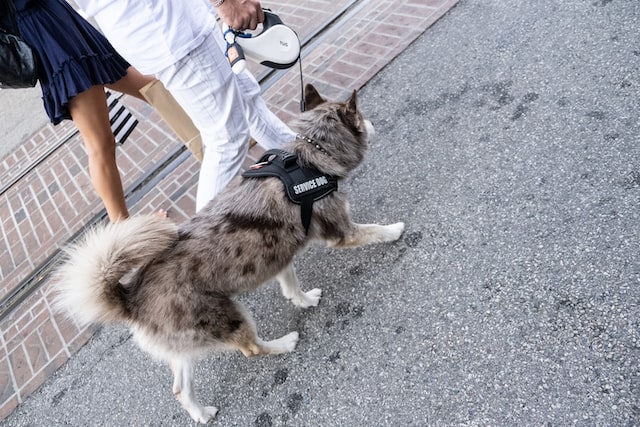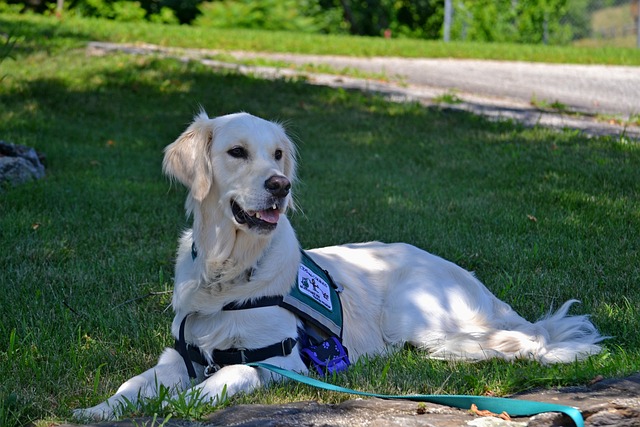Service dogs play a vital role in improving the quality of life for people with disabilities. These highly trained dogs provide assistance, companionship, and support to individuals with physical, sensory, and emotional disabilities. In this article, we will explore the benefits of service dogs, the different types of service dogs, and their training process.
1. Benefits of Service Dogs
Service dogs offer a wide range of benefits to people with disabilities, including:
a. Assistance with Daily Tasks
Service dogs can help individuals with mobility impairments, such as those who use wheelchairs, by fetching items, opening doors, and turning on lights. They can also assist people with hearing or vision impairments by alerting them to important sounds or guiding them through obstacles.
b. Emotional Support
Service dogs can provide emotional support and comfort to people with mental health conditions such as anxiety, depression, and post-traumatic stress disorder (PTSD). They are trained to detect signs of distress and offer comfort and reassurance.

c. Increased Independence
With the help of a service dog, individuals with disabilities can become more independent and self-reliant. Service dogs can assist with tasks such as dressing, grooming, and shopping, enabling their handlers to live more fulfilling and autonomous lives.
2. Types of Service Dogs
There are several different types of service dogs, each trained to perform specific tasks:
a. Guide Dogs
Guide dogs are trained to assist individuals with vision impairments. They can guide their handlers through obstacles, navigate traffic, and avoid hazards.

b. Hearing Dogs
Hearing dogs are trained to assist individuals with hearing impairments. They can alert their handlers to important sounds, such as doorbells, telephones, and fire alarms.
c. Mobility Assistance Dogs
Mobility assistance dogs are trained to assist individuals with mobility impairments. They can perform tasks such as opening doors, turning on lights, and retrieving items.

d. Medical Alert Dogs
Medical alert dogs are trained to detect changes in their handler’s physical condition, such as drops in blood sugar levels or the onset of seizures. They can then alert their handler or others to take appropriate action.
e. Psychiatric Service Dogs
Psychiatric service dogs are trained to assist individuals with mental health conditions such as anxiety, depression, and PTSD. They can provide emotional support, detect signs of distress, and help their handlers cope with difficult situations.

3. Training Process for Service Dogs
Service dogs undergo extensive training to ensure that they are able to perform their tasks effectively and safely. The training process can take several months to several years, depending on the type of service dog and the specific tasks it is trained to perform.
During training, service dogs learn to follow commands, perform specific tasks, and behave appropriately in public settings. They also undergo socialization training to ensure that they are comfortable around people and other animals.
In order to become a certified service dog, the dog must pass a series of tests to demonstrate its ability to perform its tasks and behave appropriately in a variety of settings.

Conclusion
Service dogs are invaluable companions and assistants to people with disabilities. They offer a wide range of benefits, including assistance with daily tasks, emotional support, and increased independence. With their specialized training and skills, service dogs make a significant difference in the lives of their handlers, enabling them to live more fulfilling and autonomous lives.

